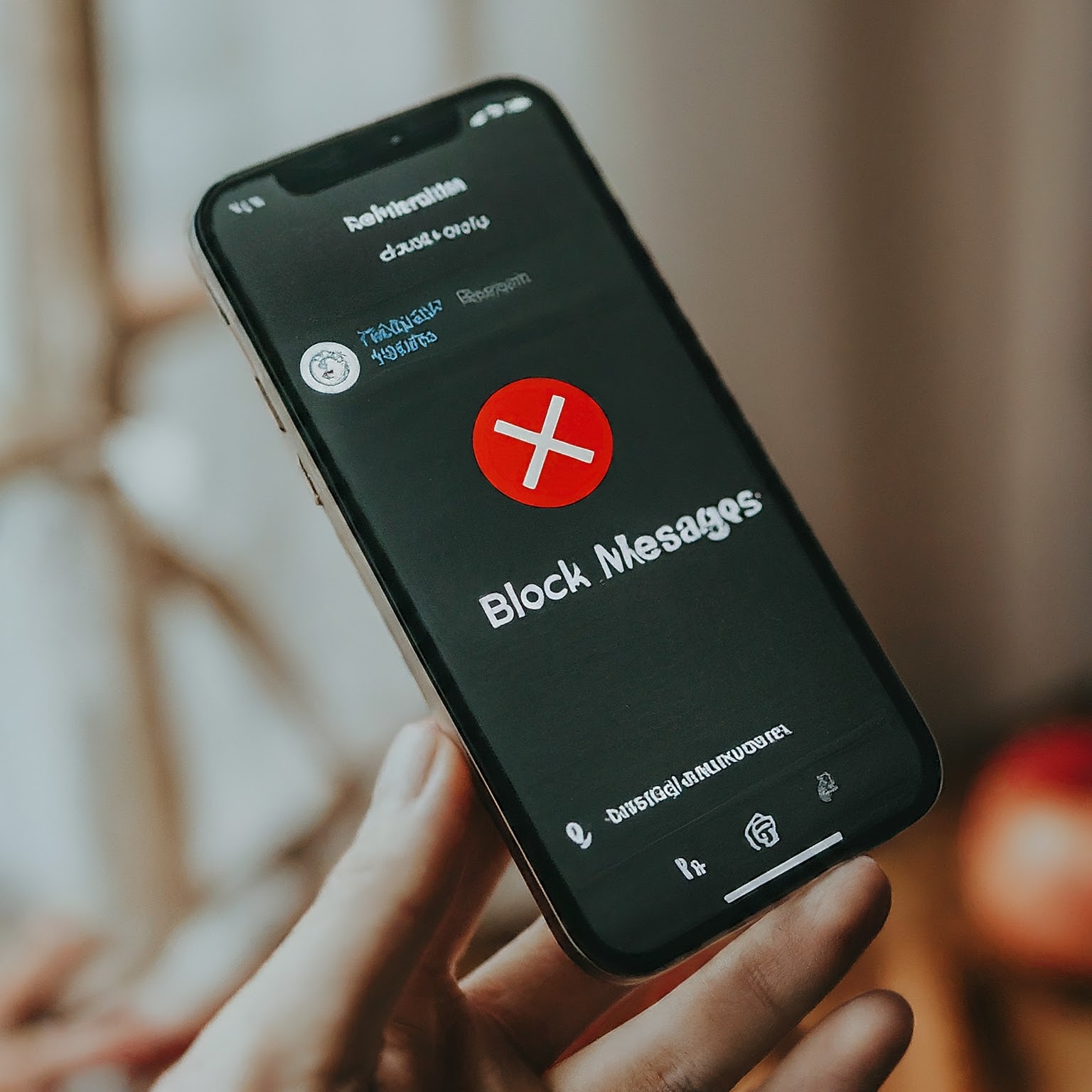In today’s fast-paced world, staying connected through text messages is essential. However, there might be times when you unintentionally block someone’s messages, leaving them unable to reach you. This guide delves into the concept of turn off message blocking, exploring methods for various devices and offering tips to prevent accidental blocking in the future.

Understanding Message Blocking: Why Do We Need to Turn It Off?
Message blocking is a feature on most phones that allows you to restrict specific phone numbers or contacts from sending you text messages (SMS) and Multimedia Messaging Service (MMS) messages. While useful for curbing spam and unwanted communication, there might be situations where you need to turn off message blocking. Here are a few common scenarios:
Accidentally Blocking a Contact: It’s easy to accidentally block someone’s number, especially when dealing with unfamiliar numbers or managing a large contact list.
Restoring Communication: If you previously blocked someone’s messages but now want to reconnect, you’ll need to turn off message blocking for their number.
Troubleshooting Messaging Issues: In some cases, message blocking might interfere with legitimate messages from expected contacts. Turning it off can help diagnose and resolve messaging problems.
Turning Off Message Blocking on Different Devices:
The process for turning off message blocking varies slightly depending on your device’s operating system. Here are specific instructions for popular platforms:
Android Devices:
Open the Messages app on your Android phone.
Tap the More options button (usually three vertical dots) located at the top right corner of the app.
Select Settings from the options menu.
Look for the Blocked numbers or Block list option (the specific wording might differ based on your Android version and device manufacturer).
You’ll see a list of all currently blocked contacts.
Tap on the contact you want to unblock and select Unblock to remove them from the block list.
iPhone (iOS):
Open the Settings app on your iPhone.
Scroll down and tap on Phone.
Select Blocked Contacts.
You’ll see a list of all currently blocked contacts.
Swipe left on the contact you want to unblock and tap Unblock.
Other Operating Systems: For less common operating systems, consult your device’s user manual or search online for specific instructions on turning off message blocking.
Additional Tips and Considerations:
Here are some additional points to keep in mind when dealing with message blocking:
Unblocking Doesn’t Guarantee Delivery: If you previously missed messages due to blocking, unblocking the contact won’t retrieve those messages. They’ll be permanently deleted.
Reviewing Block Lists Regularly: It’s a good practice to periodically review your blocked contacts list and unblock any numbers you no longer wish to restrict.
Alternative Blocking Methods: If you’re concerned about spam messages, consider utilizing your phone’s built-in spam filtering options instead of resorting to blocking individual numbers.
Preventing Accidental Message Blocking:
Here are some proactive steps you can take to minimize the risk of accidentally blocking someone’s messages:
Double-check Before Blocking: Always confirm the phone number before blocking a contact. A typo can lead to inadvertently blocking a legitimate contact.
Utilize Contact Groups: Create contact groups for specific categories (e.g., family, work) to avoid accidentally blocking messages from within a group.
Consider Third-Party Spam Filtering Apps: Explore reputable third-party spam filtering apps that can help identify and block spam messages without the need to manually block individual numbers.
Conclusion:
Turning off message blocking allows you to maintain open communication channels and avoid missing important messages. By understanding the process and implementing preventive measures, you can ensure your phone remains a reliable tool for seamless communication. Remember, prioritize clear communication and utilize blocking features judiciously for a positive messaging experience.
لا تعليق